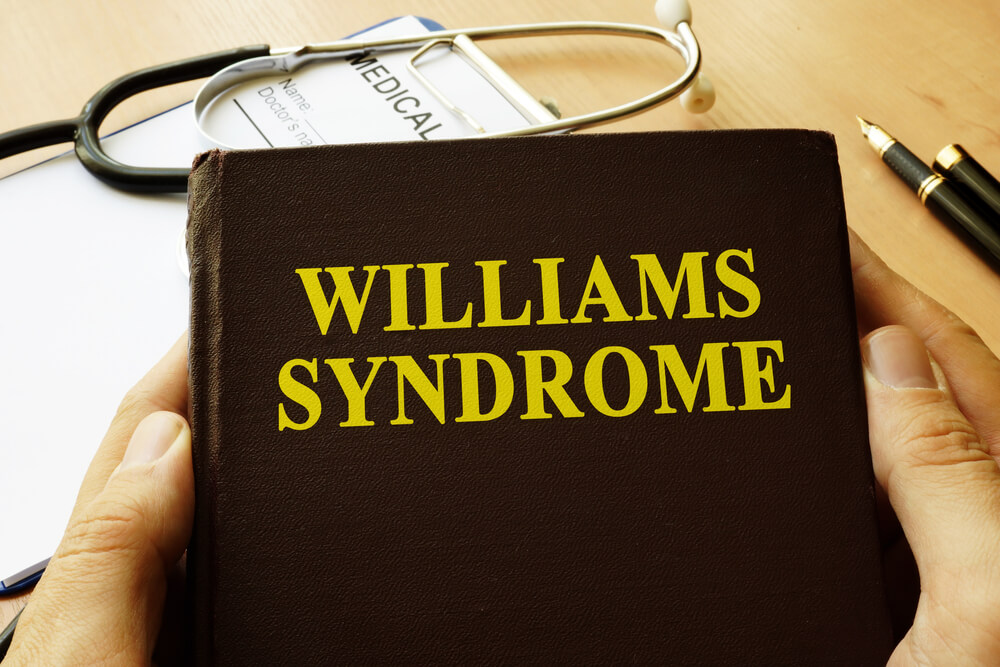Williams syndrome is a hereditary condition described by characteristic facial highlights, delayed growth, learning issues, and certain personality characteristics. Individuals with Williams disorder will have cardiovascular disease, connective tissue changes, and endocrine problems. Development anomalies may also be found. Williams disorder may cause delayed development in adolescence, and adults are shorter than normal.
Williams disorder is brought about by a genetic defect on chromosome 7. This implies that many people with Williams disorder have not acquired the condition from a parent. Individuals with Williams disorder have a possibility of giving the condition to their children.


